About The Author

Jeffrey O. Bennett
Dr. Jeffrey Bennett (Alternate spelling: Jeffery Bennett) holds a B.A. in Biophysics from the University of California, San Diego (USA), and an M.S. and Ph.D. in Astrophysics from the University of Colorado, Boulder (USA). His extensive experience in research and education includes serving 2 years as a Visiting Senior Scientist at NASA Headquarters in Washington, DC; creating education and research projects for the Hubble Space Telescope and other NASA missions; helping and proposing to develop the Voyage Scale Model Solar System on the National Mall in Washington, DC; and teaching at every level from preschool through undergraduate and even graduate school.
Dr. O. Bennett is the author of best-selling college textbooks in astrobiology, astronomy, statistics, and mathematics, as well as author of 3 books for the general public (Beyond UFOs, On the Cosmic Horizon, and Math for Life) and of the award-winning children's ebooks Max Goes to the Moon, Max Goes to Mars, Max Goes to Jupiter, and The Wizard Who Saved the World.

Mark Voit
Dr. Mark Voit is an Associate Dean for Undergraduate Studies in the College of Natural Science at Michigan State University and professor in the Department of Physics and Astronomy. He earned his A.B. in astrophysical sciences at Princeton University and his Ph.D. in astrophysics at the University of Colorado in 1990. Mark continued his studies at the California Institute of Technology, where he was a research fellow in theoretical astrophysics, and then moved on to Johns Hopkins University as a Hubble Fellow. Before going to Michigan State, Voit worked in the Office of Public Outreach at the Space Telescope, where he developed museum exhibitions about the Hubble Space Telescope and helped design NASA’s award-winning HubbleSite.
Dr. Voit's research interests range from interstellar processes in our own galaxy to the clustering of galaxies in the early universe, and he is a Fellow of the American Association for the Advancement of Science. He is married to coauthor Dr. Megan Donahue, and cooks amazing meals for her and their 3 children. He likes getting outdoors whenever possible and particularly enjoys mountain biking, running, canoeing, adventure racing and orienteerin.

Megan O. Donahue
Dr. Megan Donahue is a Fellow of the American Association for the Advancement of Science and a professor in the Department of Physics and Astronomy at Michigan State University. Her current research is mainly about using X-ray, infrared, UV, and visible light to study clusters of galaxies: their contents — hot gas, dark matter, active galactic nuclei, galaxies — and what they reveal about the contents of the universe and how galaxies evolve and form.
Dr. Donahue grew up on a farm in Nebraska and received an S.B. in physics from MIT, where she began her research career as an X-ray astronomer. She has a Ph.D. in astrophysics from the University of Colorado. Her Ph.D. thesis on theory and optical observations of intergalactic and intracluster gas won the 1993 Trumpler Award from the Astronomical Society for the Pacific for an outstanding astrophysics doctoral dissertation in the United States. She continued postdoctoral research as a Carnegie Fellow at Carnegie Observatories in Pasadena, California, and later as an STScI Fellow at Space Telescope.
She was a staff astronomer at the Space Telescope Science Institute until 2003, when she joined the MSU faculty. Dr. Donahue is married to Mark Voit, and they collaborate on many projects, including this textbook and the raising of their children, Sebastian, Michaela, and Angela. These days, she orienteers, runs trails, and plays piano and bass guitar whenever her children allow it.

Nicholas Schneider
Dr. Nicholas Schneider is an associate professor in the Department of Astrophysical and Planetary Sciences at the University of Colorado. Nick received his B.A. in physics and astronomy from Dartmouth College in 1979 and his Ph.D. in planetary science from the University of Arizona in 1988. Nick received the National Science Foundation’s Presidential Young Investigator Award in 1991. His research interests include planetary astronomy and planetary atmospheres. One research focus is the odd case of Jupiter’s moon Io. Another is the mystery of Mars’s lost atmosphere, which he hopes to answer by serving as science lead on the Imaging UV Spectrograph on NASA’s MAVEN mission.
Dr. Schneider enjoys teaching at all levels and is active in efforts to improve the astronomy education at the undergraduate level. In 2010, he received the Boulder Faculty Assembly’s Teaching Excellence Award. Off the job, Nick enjoys exploring the outdoors with his family and figuring out how things work.
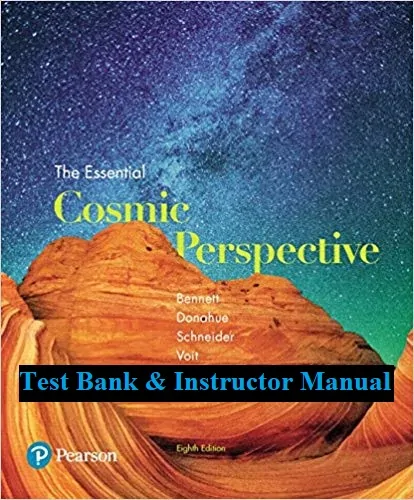


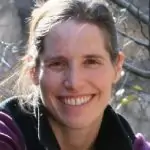
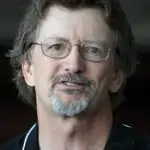



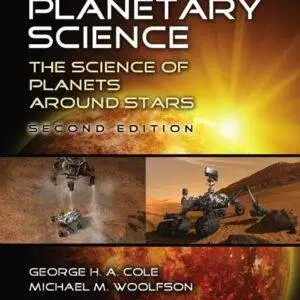

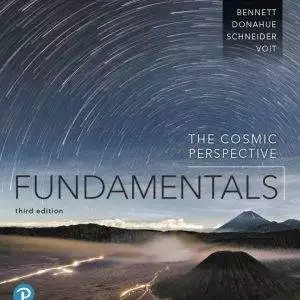
Reviews
There are no reviews yet.